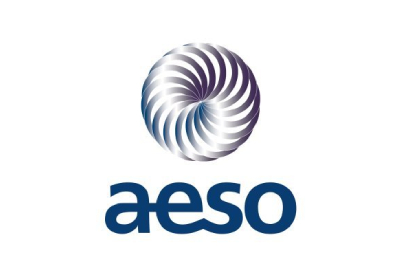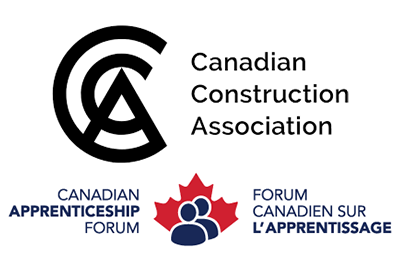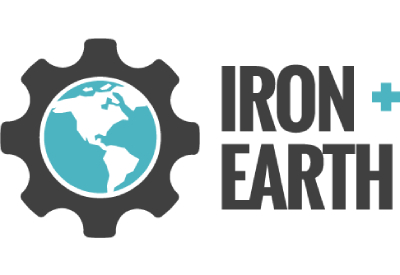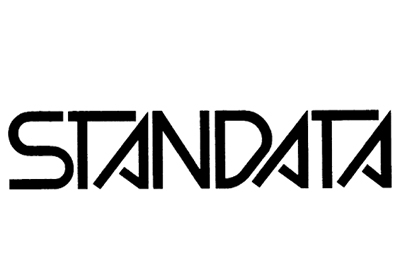AESO Releases Net-Zero Emissions Pathways Report
On June 27, 2022, the AESO published a detailed analysis of the opportunities and challenges involved in eliminating greenhouse gas emissions from Alberta’s power system.

On June 27, 2022, the AESO published a detailed analysis of the opportunities and challenges involved in eliminating greenhouse gas emissions from Alberta’s power system.

Section 66 — Amusement Parks, Midways, Carnivals, Film and TV Sets, TV Remote Broadcasting Locations and Travelling Shows.

The Canadian Construction Association (CCA) is partnering with the Canadian Apprenticeship Forum (CAF) on a federal government initiative that will enable small and medium-sized employers (SMEs) to offer more apprenticeship training opportunities.

Nexans has been operating in Lyon, France for 120 years and recently inaugurated AmpaCity, its new global innovation hub dedicated to low-carbon electrification. This is where the Group is developing a portfolio of nearly 1,800 patents, with 80 filed every year.

CUTRIC publishes renewable natural gas report. Public transit is one of the most common modes of transportation in big cities. These vehicles are predominantly powered by fossil fuels that are most often diesel.

Grounded in Ontario Podcast Episode 7: Underground Economy Revisited: Shining a Light on the Underground Economy with Soussanna Karas.

The Skilled Trades and Apprenticeship Education Act has been proclaimed, raising the esteem of apprenticeship education and introducing a new Alberta Board of Skilled Trades.

The requirements of the 2021 Canadian Electrical Code, including local amendments, will be enforced by the City of Winnipeg starting July 1, 2022 via Winnipeg Electrical By-law No. 72/2022.

Time is a precious resource that we all want more of. And if you own a field service business or work for one, you undoubtedly know how hard it is to find time for everything you need to accomplish in a workday, let alone a week, a quarter, or a year.

The RenuWell Project partners are excited to announce the groundbreaking of two pilot sites located near Taber, Alberta.

This clarifies select rules of Section 4 of the Canadian Electrical Code, Part I (CE Code), which applies to conductors for services, feeders and photovoltaic circuits.

AD members and suppliers eagerly reunited during the 2022 AD Industrial & Safety – Canada Supplier Summit hosted at the JW Marriott Parq Vancouver / The Douglas Hotel from May 30 – June 2, 2022.
For industry organizations and governments looking to implement the United Nations Sustainable Development Goals (UN SDGs), finding credible tools to support these efforts can be challenging. CSA Group’s report titled Enabling Sustainable Development through Standards can help.

In recent years, thousands of companies have voluntarily pledged to meet sustainability targets, but many of them likely lack the knowledge and the tools to properly measure progress and how to optimize their carbon and energy footprints. Honeywell is working to help solve this problem.

Recently, I had the pleasure of sitting down with David O’Reilly, Vice President Home & Distribution and Secure Power Divisions with Schneider Electric Canada for a discussion regarding the Wiser EnergyTM smart home solution, the Wiser Approved training program, and his thoughts on several different subjects, including sustainability and future technologies currently in the works at Schneider Electric. David has been with the company for five and a half years in his role.

Canada’s labour market is feeling the effects of ‘a tight labour market, illustrated in the demographic profile of the baby-boomer market and accelerated by the effects of the COVID-19 pandemic. In Canada, more than one in five working age adults are nearing retirement.
This project is funded [in part] by the Government of Canada.
Ce projet est financé [en partie] par le gouvernement du Canada.
